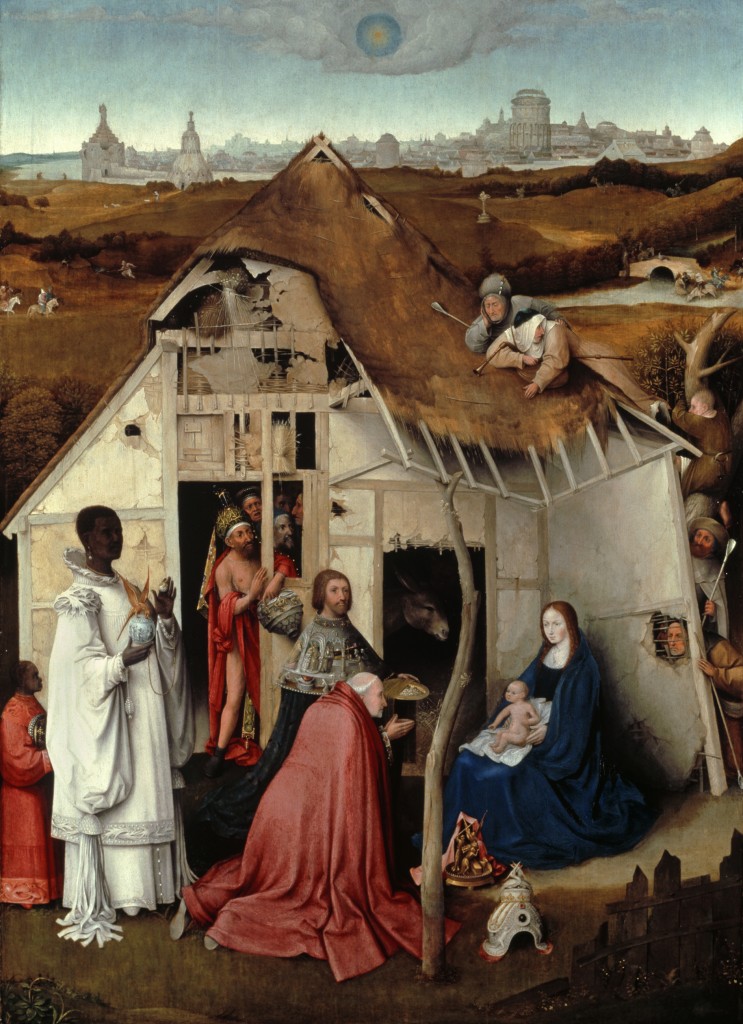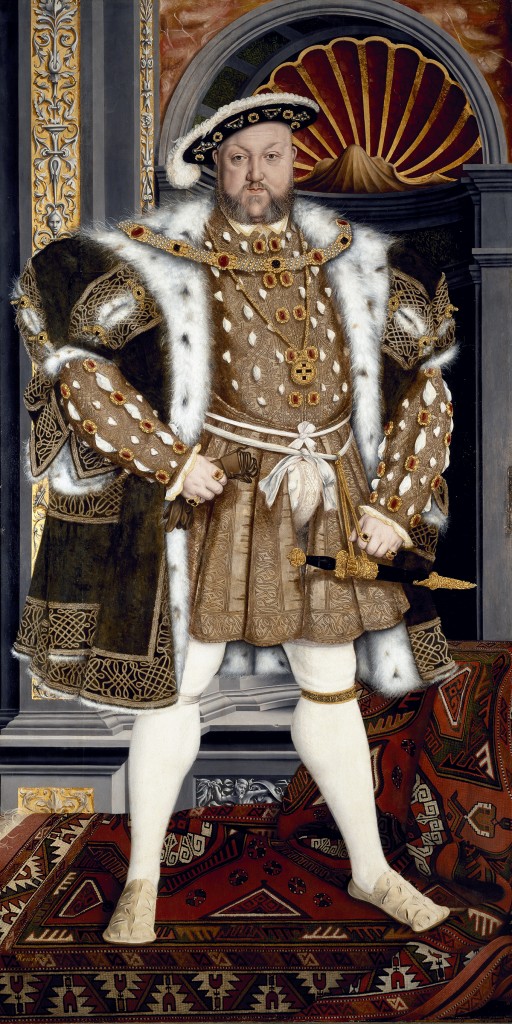
Last Thursday evening I found myself at Petworth House for the opening of ‘Remastered: Bosch to Bellotto’ –it is a ravishing display. Rarely do you encounter an array of art as remarkable and exciting as this exhibition of European Old Masters. It reunites rare, unseen masterpieces, loaned from the private collection of Lord Egremont, with paintings from the National Trust’s collection at Petworth House.
This jewel like show is woven together by a coherent and strong narrative which gives an insight into the passionate collecting tastes and connoisseurship of the Earls of Egremont over many centuries. The gallery display gifts us with the opportunity to examine the familiar and the new with a rare intimacy. It allows us to delight in the paintings in the way that these gifted patron collectors must have done as they acquired them. The show continues in the house where the paintings are in their natural setting, forming part of the decorative scheme at Petworth House, alongside furniture and objects.
The exhibition is once again the inspiration of Andrew Loukes, Exhibitions Manager at Petworth House, who continues to break new ground at the National Trust by adding serious in depth exhibitions to the already rich experience of the visiting public. The importance of this exhibition was affirmed by the National Trust’s Central Curator of Pictures and Sculpture, David Taylor, who opened the show.
As you enter the gallery space your eye is immediately drawn to the iconic, seemingly life size, portrait of Henry VIII painted towards the end of his reign in the studio of Hans Holbein. It was placed in the panelling of the Carved Room, by the 3rd Earl of Egremont (famous as the patron and friend of the artist, J. M. W. Turner) in the early 19th century. The picture’s usual setting does not allow you to experience the passages of real beauty in the details. The finely painted hair displays grey in this older monarch’s beard. There is a real sense of metal in the swords hilt and ruby encrusted chain. As you stand in the presence of this painting you feel that if you dared to breathe the delicate, lifelike ermine would move. Andrew Loukes explains that the painting was almost certainly commissioned by Edward Seymour who was very close to Henry VIII in the latter part of his reign and acted as guardian to his sister’s son, Edward VI, during the young King’s short reign. His family’s connection with Petworth through the 6th Duke of Somerset, Charles Seymour (1662-1748), may well have brought his important painting to the collection.

To your left is the remarkable Adoration of the Magi, attributed to Hieronymus Bosch and leant by Lord Egremont. Painted around 1515 it is thought to be a version of the central panel of the great triptych now at the Prado in Madrid. It is a work which commands the attention of the viewer as layered meaning and exquisite details reveal themselves. Academic opinions vary but the gold sculpture, Jaspar’s gift, appears to depict the sacrifice the prophet Isaac, foreshadowing the death of Christ. Behind the kneeling Jaspar stands Melchior whose cape depicts King Solomon receiving gifts from the Queen of Sheba. To the left is Balthazar wearing white and bearing myrrh. That the figures in the landscape beyond wear northern European costume against the imaginative backdrop of Jerusalem. Look out for the owl in the rafters too!
After his success with Mr Turner last year Andrew Loukes has done it again! That he has provided us with the opportunity to discover European Old Master paintings of international importance here in Sussex is remarkable and he is deserving of our thanks.
This accessible and jewel like exhibition is a must see and runs at Petworth House until 6th March 2016. Tickets for the exhibition are just £12 (including National Trust members). To book tickets telephone 0844 249 1895.
By Revd. Rupert Toovey. Originally published on 13th January 2016 in the West Sussex Gazette.